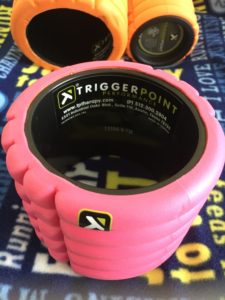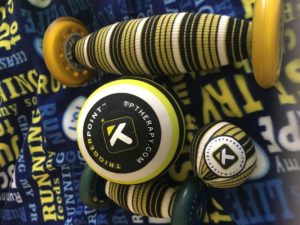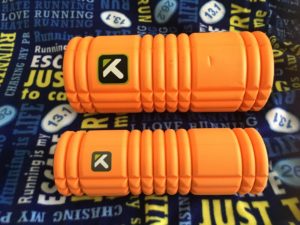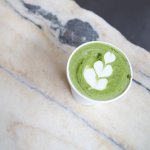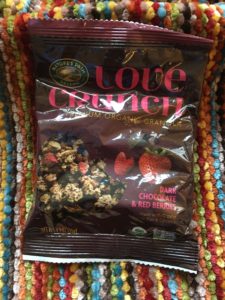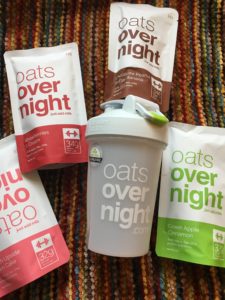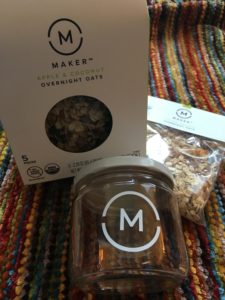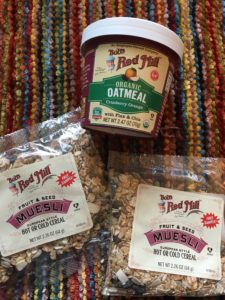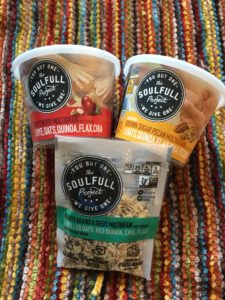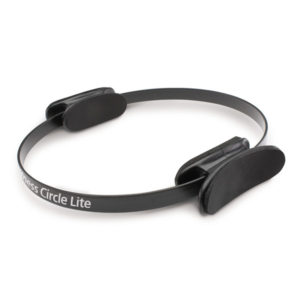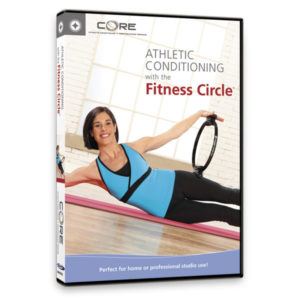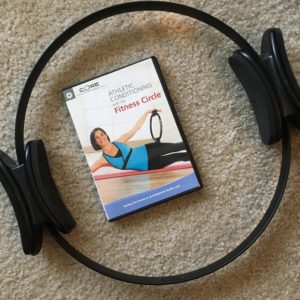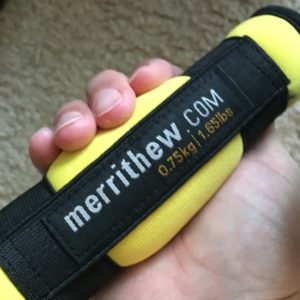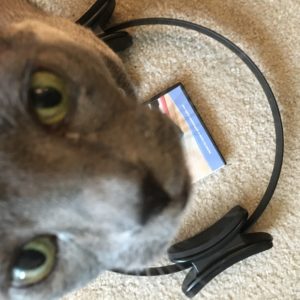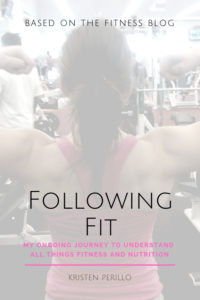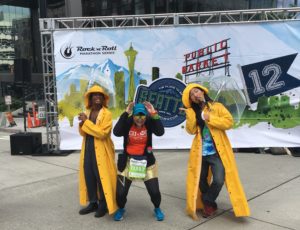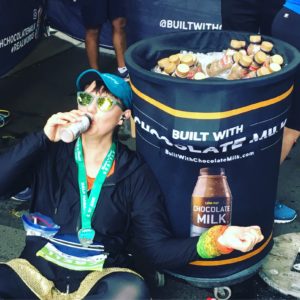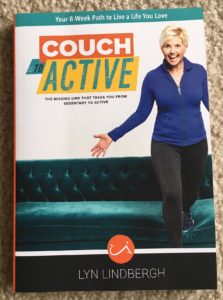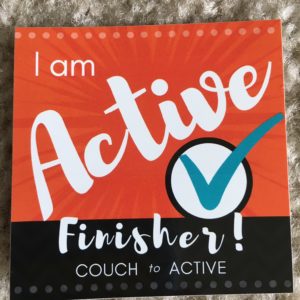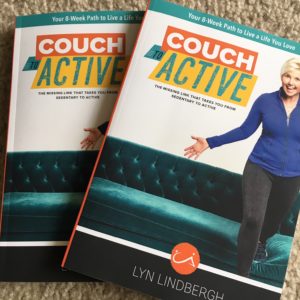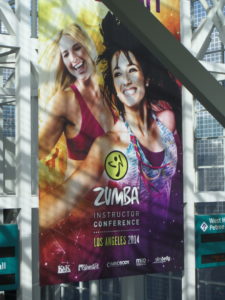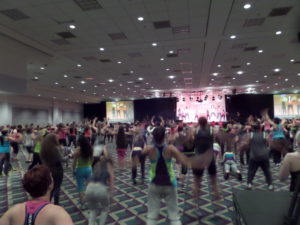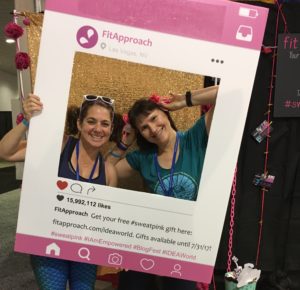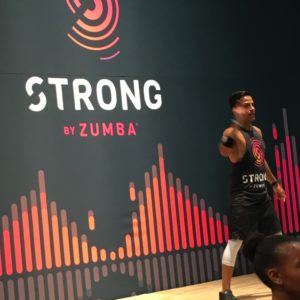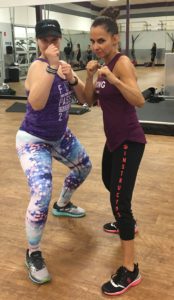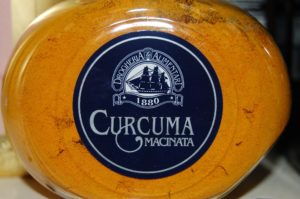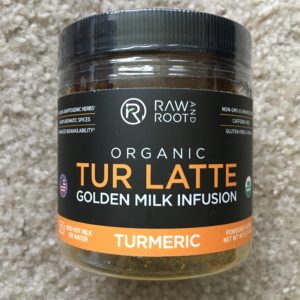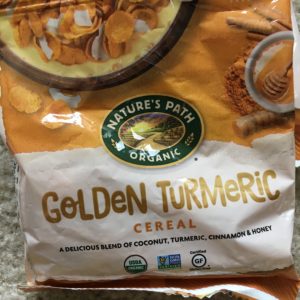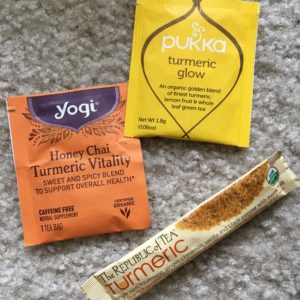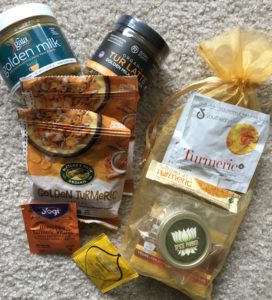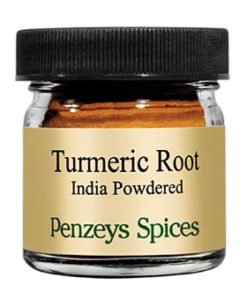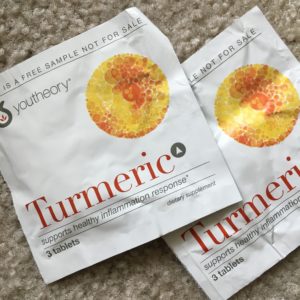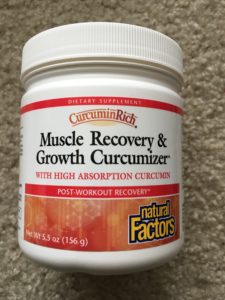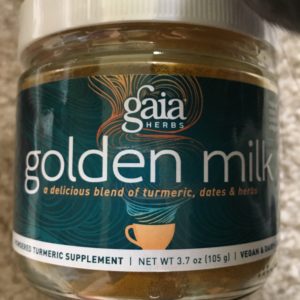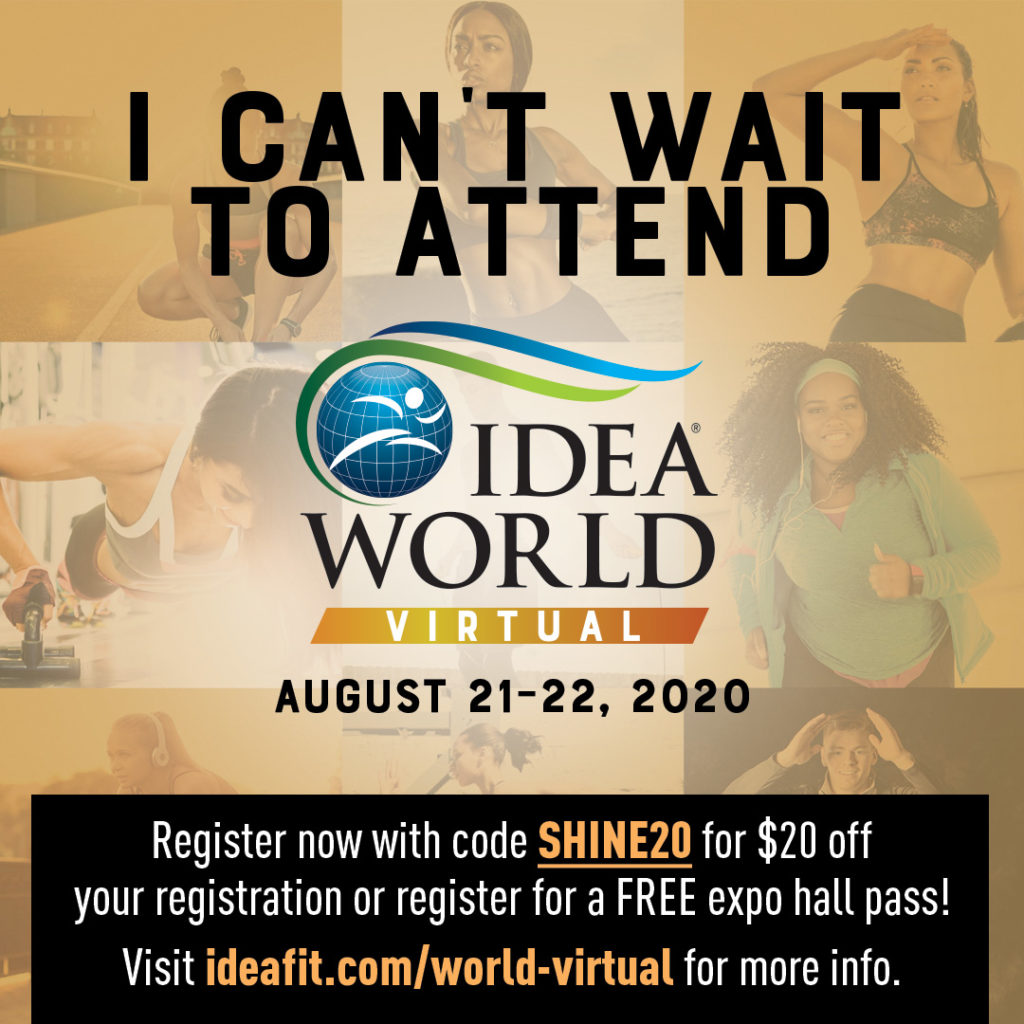
Disclosure: I am attending SHINE and IDEA World Virtual August 21-22, 2020 as a guest of IDEA. I was not asked to write this blog post. The associated giveaway is NOT sponsored by anyone, and was my idea. Per usual, all of the opinions expressed in this post are mine, and I wrote the entire thing myself.
Given that there’s a worldwide pandemic on, having a massive fitness conference that fills an entire convention center and all of the nearby hotel space (including ballrooms, bedrooms, and restaurants), seems like a terrible idea. Thousands of people depend on IDEA World to earn the continuing education credits they need to stay certified, and to stay on top of the latest developments in exercise science and programming. Because it is. So IDEA World did what any essential part of the fitness industry would do: it moved online.
I’ll be attending IDEA World Virtual and the SHINE social media event, which is the successor event to BlogFest. I’m not sure what it’s all going to look like, since the event had to pivot quickly. IDEA World ordinarily has four jam-packed days of multiple sessions going every hour, including workouts on the expo floor–in past years that’s included the “mega circuit” with more workout stations that you’ve ever seen–and sessions featuring workout equipment both new and old. Obviously you can’t recreate the entire live event virtually. I mean, I own a TRX and some Lebert Equalizers, but I don’t have all of the cool things I’ve gotten to try at IDEA World over the years, and I certainly don’t have a team to do group and partner-assisted workouts.
One Thing That Won’t Change: T.D. Will Be There!
Todd Durkin is the owner of Fitness Quest 10, a gym in San Diego. That’s always stood out to me: the man owns A, singular, gym. Yet his impact is felt all over the world and not just because he was one of the trainers on NBC’s Strong TV show. Probably not because he was one of the first fitness professionals to partner with Under Armour either. If you’ve never been to IDEA World, you probably don’t know that Todd has been Personal Trainer of the Year, or that in 2017 he was awarded the Jack LaLanne award, named for the original fitness guru–he was teaching physical fitness and advocating healthy eating starting the in the 1950s–and Elaine LaLanne handed him the award. The first thing Todd did? Thank Mama Durkin. Next? Thank his family.
Of course Todd got to give a speech, and he’s GOOD at public speaking. He’s regularly booked for gigantic events, so it was super awesome when he came to talk to us about making an impact at Blogfest. Todd generously gave us all copies of The WOW Book, which was his latest offering at the time. The book consisted of 52 selections from his newsletter, “Word of the Week.”
Did you know Todd Durkin has a new book?
It’s true! While he hadn’t intended to release it in the middle of a pandemic, but it turned out to be just what the world needed. The new book, Get Your Mind Right, is all about mindset. The subtitle, “10 Keys to Unlock Your Potential and Ignite Your Success” pretty much explains the content. The ten keys are taken from Todd’s own life experience, and are broken into four quarters just like a football game.
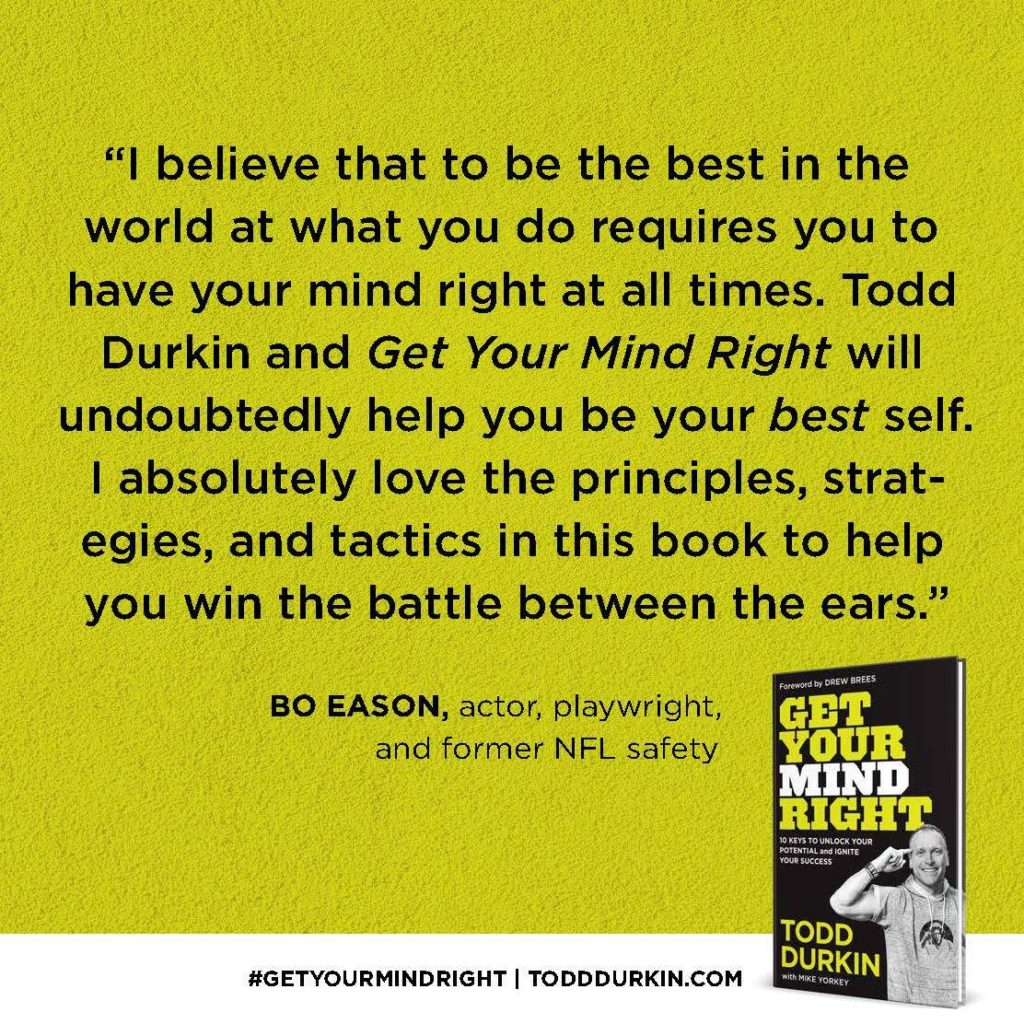
First Quarter: Game Plan and Kickoff
This section is about getting your thoughts in line: dream big, get your thoughts under control, and don’t let the obstacles get you down. This is one of the fat sections, taking up a good 50 pages. Todd tells the story about his time on NBC’s Strong, and how he dealt with some of the setbacks and challenges on that show. He also shares about his upbringing and the truth that no matter what you have or don’t have, you’re going to have challenges thrown in your path, and you’ve got to have the mindset to overcome. You’re only as strong as your own mindset thinks you are–so you have to plan in advance. That plan includes giving back to your community and giving to others, and Todd makes that clear too. How could he not? He’s given so much back to all of the communities that have helped to raise him up.
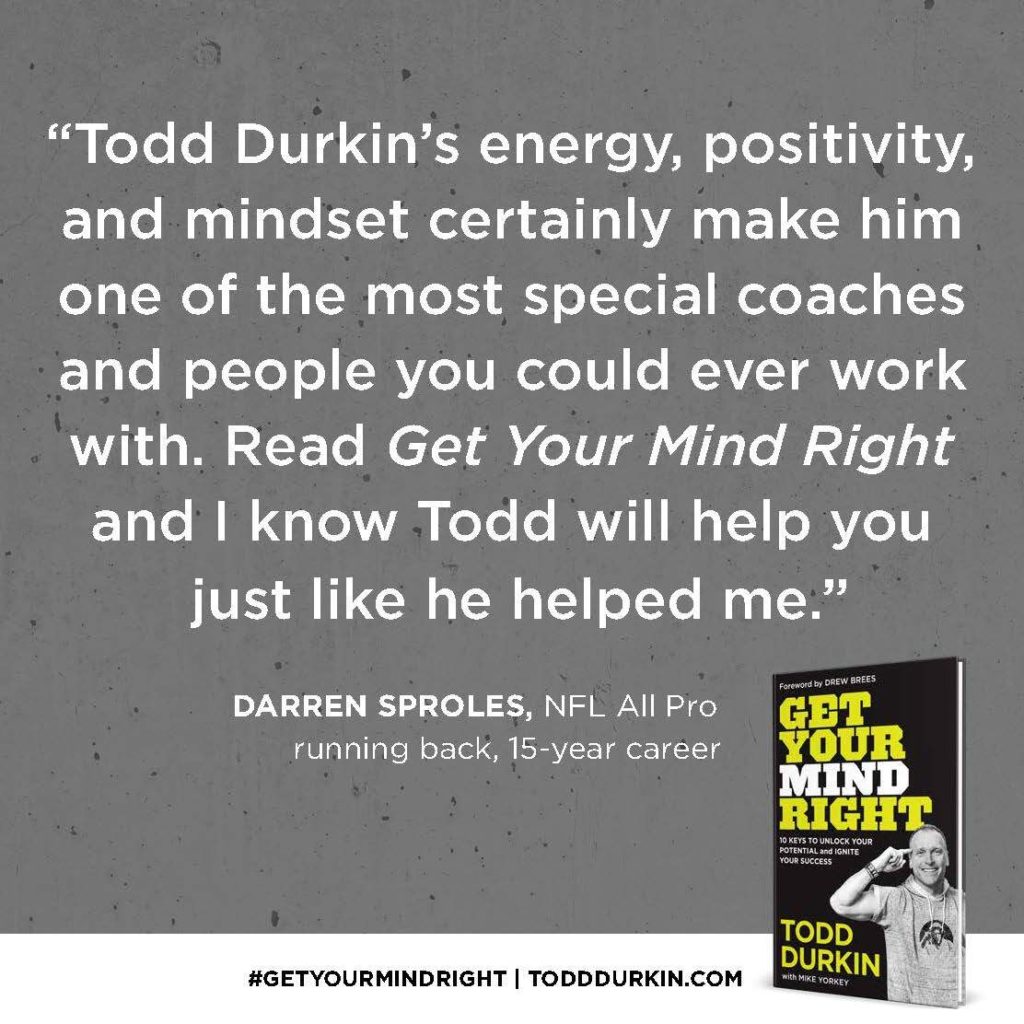
Second Quarter: Execution of Key Plays
Twenty pages is pretty short for a section in this book. But how many ways can you say “control your habits or they will control you?” Okay, so maybe Todd doesn’t say that, exactly, but once you have your mindset it is your habits that control you–how you spend your time, energy, and focus matter. There are definitely books that hammer this point home in a more solid way, such as Charles Duhigg’s The Power of Habit. Todd gets the point across though: if you want the freedom to succeed, you’ve got to discipline yourself, and that means committing to habits.
Now you have to bear in mind that Todd is specifically laying out what has worked for him. So, for example, he’s big on getting up before the sun, because it works for him–he’s got a family and a business to run, so the early am is when he gets his “me time.” There’s nothing magic (in general) about that hour, it’s just what works for Todd. If you don’t have a spouse and kids, or you do shift work, your own magic hours might be another time slot for you. Todd lays out his morning routine and his evening routine, and while they work for him again, YOUR mileage may vary. For example, one of Todd’s points is “no caffeine after 2:00 p.m.” While he vaguely refers to a study about consuming caffeine close to bed-time, he doesn’t even tip a hat to some very important known science about caffeine: we know there are genes that code for caffeine metabolism! I have had a genetic test so I know I’m a fast metabolizer (I can have a triple mocha and then take a nap without any issues), and afternoon caffeine isn’t a big deal for me. I mean, I’m usually going decaff for after-dinner-coffee, but a 4 p.m. latte isn’t going to do jack to my sleep.
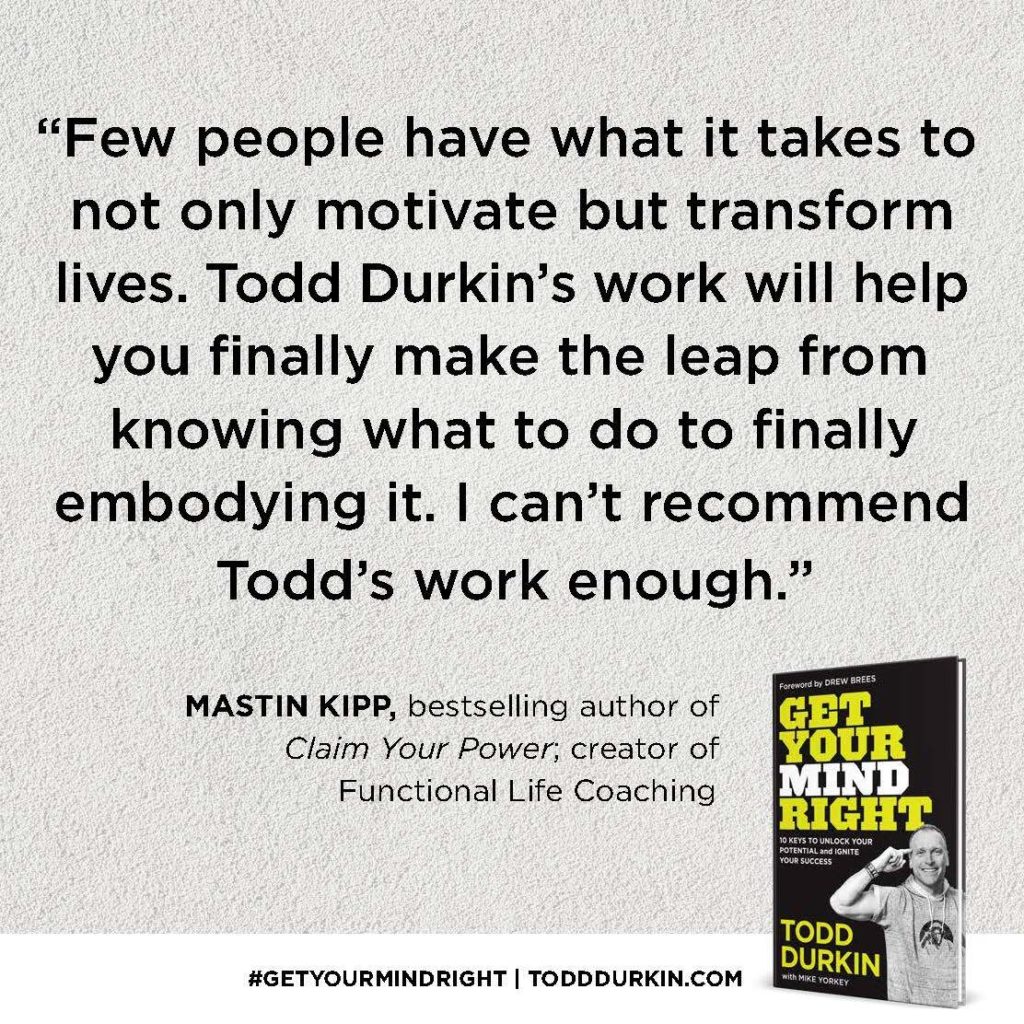
Third Quarter: Performing Optimally
I’m going to be honest with you: this section is the worst part of the book. When I say that, I mean that Todd is not in his lane here–but if you’ve been paying attention, you know I feel very strongly that the vast majority of the fitness industry (certified personal trainers, yoga instructors, group fitness instructors, barre teachers, strength and conditioning coaches) needs to NEVER give out nutritional advice. Why? Most of it is absolute rot.
When Todd recommends breaking a sweat most days during the week, that’s pretty non-controversial, establish best-practice that is evidence-based. Like there’s actual science to support it. Added bonus, there isn’t any harm in following this advice.
Hydration, also relatively non-controversial, though Todd’s endorsement of “Himalayan salt” really should have been an endorsement of a full spectrum electrolyte (and I’d prefer that accompanied by an quickie explanation of how electrolytes work to regulate hydration, and how it is possible to drink water when dehydrated and STAY dehydrated if your electrolytes are out of whack).
Then Todd goes off the rails and states definitively that you should “consider going gluten-free to get rid of brain fog and bloating,” as though these are universal problems for all people. News flash: they’re not, and the evidence does NOT support going gluten-free for the vast majority of people. (If you have Celiac Disease, of course you must stop eating gluten. But most of us do not.) This section basically regurgitates pop-diet-advice about “gluten sensitivity” that is not established as fact. Personally, I really wish fitness professionals would let the RDs and PhDs in nutrition science give evidence-based recommendations.
Similarly, his recommendation that everyone, regardless of their current health status and without any evidence to support it, take supplements is basically garbage. His first two recommendations have to do with specific amino acids. The science is far from consensus on amino acids, with some evidence showing that taking branched-chain amino acids leads to less serotonin in the brain, as the BCAAs limit uptake of tryptophan (which is a serotonin precursor). There are also a number of studies that show taking BCAAs actually REDUCES muscle protein synthesis. Todd recommend fish oil for omega-3 fatty acids, MCT oil, and a multivitamin–all of these are popular magazine and blogger recommendations without a hard basis in fact. Todd cites no evidence for these suggestions (other than that they work for him), and he doesn’t talk about the alternatives either. So long story short, do your homework on supplements. Don’t rely on Todd, or any other fitpro. Instead, look to the peer-reviewed research (try a PubMed search) and consult an evidence-based registered dietitian.
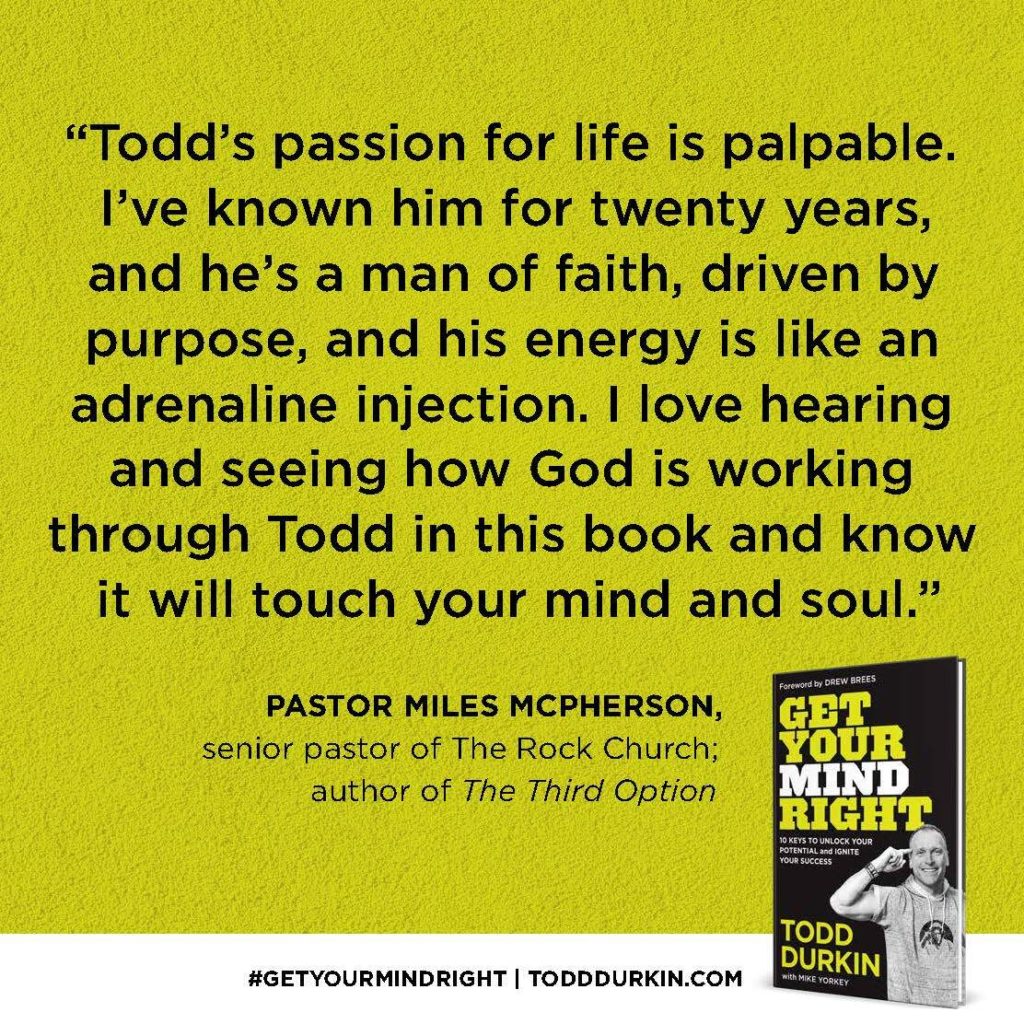
Fourth Quarter: Finishing Strong
Like any good motivational volume, this one ends with inspiration. The two chapters in this section are “tap into the whispers” and “live a live worth telling a story about.” Great advice even without the content. Now I knew this book was being published by Baker Books, which is a Christian book publisher. If you are a Christian, you’re probably thrilled that a famous fitness professional is openly writing to witness for Jesus. I’m cool with that too, even though I’m not a Christian. Who can argue with allowing your faith to play a role in your life? I mean really, if a god/goddess/higher power (by whatever name) plays a role in your life, why shouldn’t you pay attention to what s/he (or they, or it) have to tell you? Personally, I celebrate that. If you’re not Christian, I don’t think you’ll find the book “too much” (unless you happen to offend easily, in which case I don’t know how you get on in the US these days). You can just sub your personal beliefs for Todd’s as you read along.
Win Your Own!
To celebrate going to IDEA World Virtual and SHINE this year, I’m giving away one copy of The Wow Book (softcover) and one copy of Get Your Mind Right (hardback) to one lucky winner. But first, if you’re interested in attending IDEA World Virtual, you can register using this link. Use code SHINE20 for $20 off your registration. If you can’t attend, you can still check out the virtual expo for free! Just register here.
Now if I managed to do this right, you’ll see a Rafflecopter widget below. If not, click on “a Rafflecopter giveaway” to find out how to enter.
